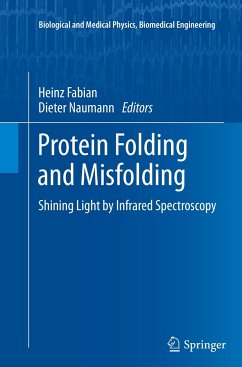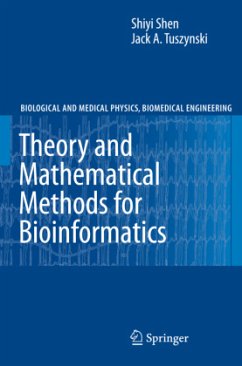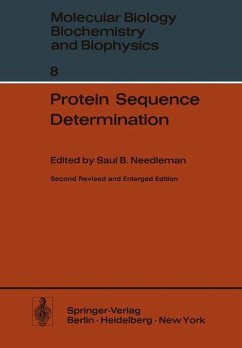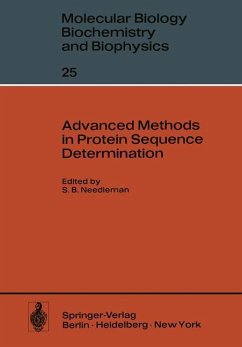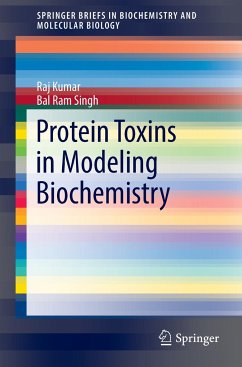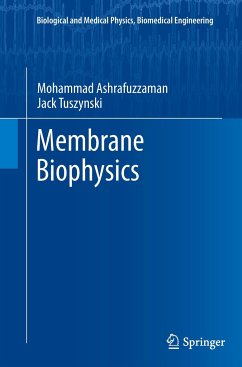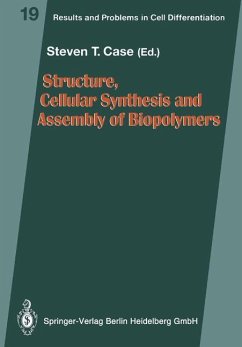
Water and Biomolecules
Physical Chemistry of Life Phenomena
Herausgegeben: Kuwajima, Kunihiro; Goto, Yuji; Hirata, Fumio; Terazima, Masahide; Kataoka, Mikio

PAYBACK Punkte
77 °P sammeln!
Life is produced by the interplay of water and biomolecules. This book deals with the physicochemical aspects of such life phenomena produced by water and biomolecules, and addresses topics including "Protein Dynamics and Functions", "Protein and DNA Folding", and "Protein Amyloidosis". All sections have been written by internationally recognized front-line researchers. The idea for this book was born at the 5th International Symposium "Water and Biomolecules", held in Nara city, Japan, in 2008.





